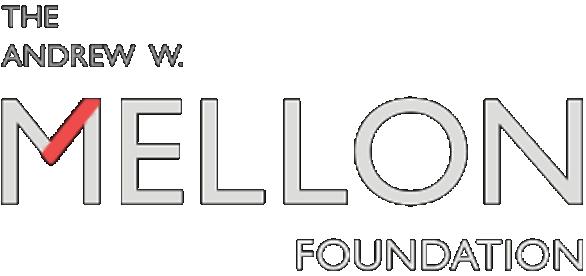Notes
Web-Based Data Acquisition
At the start of the project, there was a challenge to come up with the most effective way to get an adequate corpus of books for analysis. Towards the beginning, this meant arriving at 100 books as quickly as possible, so the analysis team could begin work with a small sample set of novels. Due to time constraints, we chose to do this manually. We assigned members of the data group letters of the alphabet to ensure there was no overlap in books stored, and everyone was tasked with finding 9 books. This exercise allowed us to realize the problems we would face when writing the code to scrape the larger corpora of books. These problems included insufficient metadata on Gutenberg - meaning we had to manually searching publication dates to check that books had been published in the proper time frame. We also had to manually check the type of writing. For instance, if it was poetry, non-fiction or written in a foreign language. This led to the realization that there was an inadequate definition of novel, and that we had to better define our parameters. After setting out the terms of the filter, we had to agree on a method for automatically generating the corpora, as manual downloads would be too slow as the project scaled. There are many regulations around the use of scrapers to get data from websites, so careful consideration was necessary to avoid any issues we might face using scrapers. In the end, we used mirrors and rsync to download the data.
Data Sanitization
To make sure the data is as accurate as possible, it is necessary to decide how books should be added and refined for analysis.
For example, books on Project Gutenberg include a section before the text of the work itself, the Boilerplate, which includes information about Project Gutenberg's license, the upload date, and other information about the digital format. Because this text is in complete English sentences but itself an addition to the work, we had to find a way to remove the Boilerplate. Though most books on Gutenberg have a standardized Boilerplate, a significant portion are non-standard. To address the Boilerplates, we used a function strip_headers() from the Gutenberg Cleanup module, which has been created to remove different kinds of headers.
The other textual addition of note is the Table of Contents. Unlike Boilerplates, Tables of Contents are part of the original work and were not added in the digitization process; but like Boilerplates, Tables of Contents vary greatly in their form. Some use Arabic numerals to number chapters (1, 2, 3...), some use Roman numerals (I, II, III...), others use English numbers (ONE, TWO, THREE...). Some include page numbers, other exclude them; some have page numbers on the same line, others stagger lines; some introduce their Tables of Contents with a header, while others have no headers. Some books lack Tables of Contents altogether.
No function already existed which would remove the Table of Contents. After long consideration of the problem and numerous attempts at creating a lightweight means of removing the Tables of Contents, we decided that any code intended to remove them would likely cause greater problems such as inadvertently removing important data. Since the Table of Contents is such a minor fraction of the total work and does not include complete English sentences (save for the a few chapter titles), we deemed that it was wiser to not attempt removing them.
As for deciding which books to include in the corpus, it is best to first define a novel.
In scholarly journals, novels are often defined in terms of length and several other important abstract concepts. These concepts included a book’s ability to “[reflect] reality in the society in which it arises” and “[restore] the human spirit” (Mahfouz and Sultan 46). Naturally, the more abstract concepts were impossible to code, so books were selected from the Gutenberg corpus mostly in terms of their length.
After the initial corpus had been established, updating the sample novels corpus for testing became very important. We developed a method which creates a smaller corpus from a given database based on a specified common characteristic. Additionally, we implemented a method which serves to bring up a specified number of examples from the corpus that include a specified keyword or phrase.
Sources
Mahfouz, Naguib, and Sabbar S. Sultan. “The Situation of the Novel.” World Literature Today, vol. 79, no. 2, 2005, pp. 46–47. JSTOR, JSTOR, www.jstor.org/stable/40158674
HathiTrust
Throughout this project, the MIT DH lab explored corpora other than Gutenberg, the one it ultimately ended up using exclusively. One of the main corpora it considered was HathiTrust, which was valuable not only for the size of its collection, but also for the ease with which books could be scraped from it.
In preparation for this branch of the project the DH lab conducted research about how Hathitrust is used and navigated, studied a previously conducted project that also used HathiTrust, and learned about the corpus’ terms of use and copyright.
In addition to research about the corpus itself, the lab also researched the challenges and complications of going from a small sample size of 100 to a much larger one of about 10,000, as the lab initially intended to use Gutenberg for the former and Hathitrust for the latter. Some potential complications discovered included difficulty of bias elimination (it’s harder to check 10,000 books for outliers or non-novels than it is to check 100), program efficiency, and processing power.
Although the Hathitrust corpus didn’t end up being used, the knowledge obtained from its research was invaluable to the process of expanding the Gutenberg corpus from 100 to 4,200 novels.



